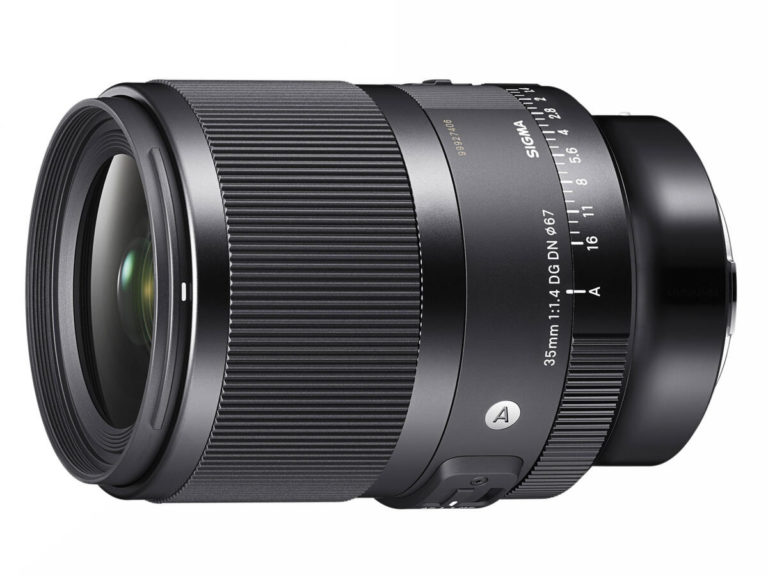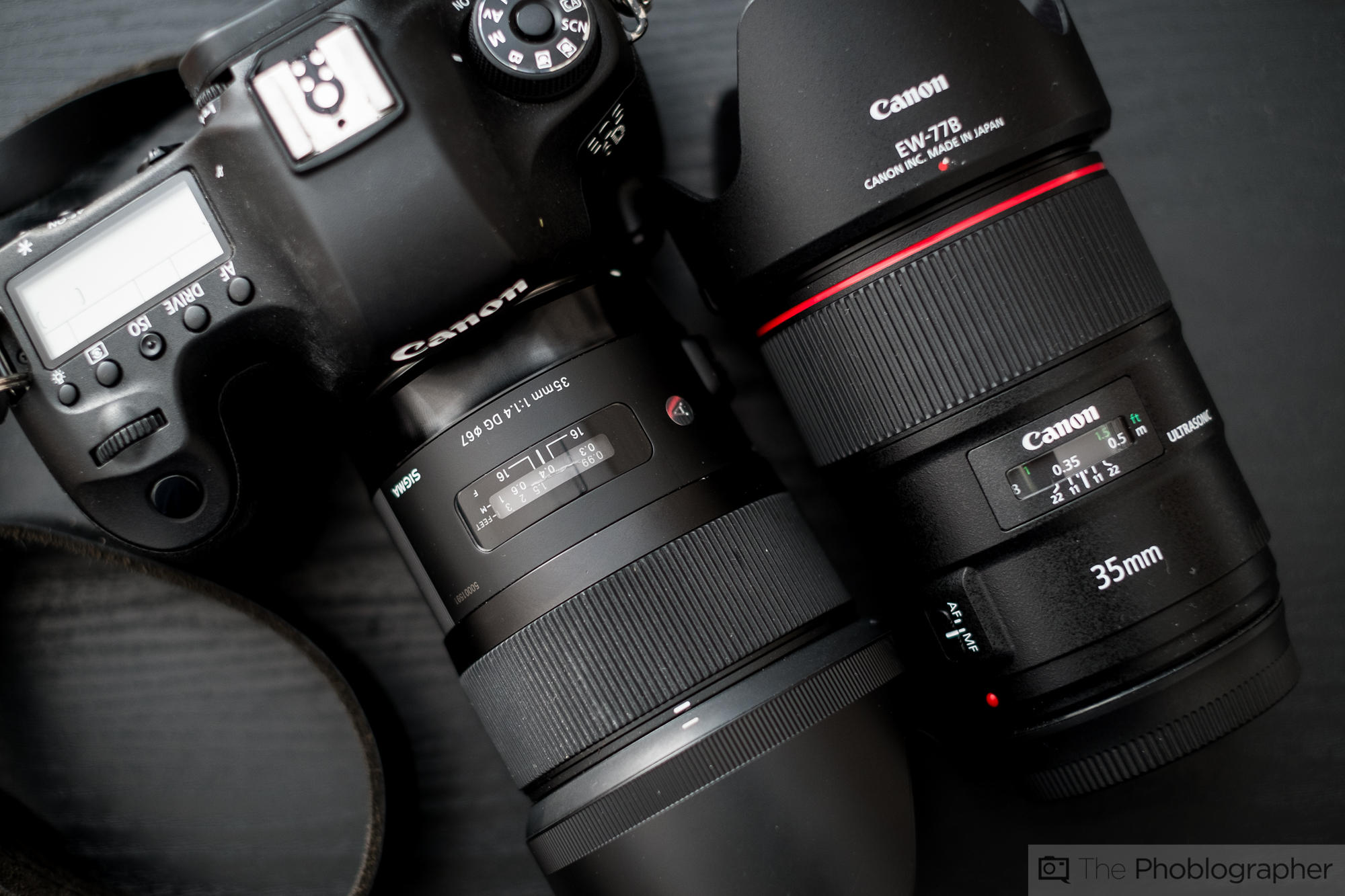

At f/1.4 the corners are 2.83 stops darker than the image centre and visually uniform illumination isn't achieved until the lens is stopped down to f/4 or beyond.īarrel distortion can be quite common on wide aperture lenses like this one. to minimize the problem, hence they usually cost more.Īs you may expect from a lens with a fast f/1.4 maximum aperture, falloff of illumination is quite pronounced. It can be cured in software.Īpochromatic lenses have special lens elements aspheric, extra-low dispersion etc. Severe chromatic aberration gives a noticeable fringing or a halo effect around sharp edges within the picture. This extremely low level of CA should pose no issues, even in large prints, or harsh crops from the edges of the frame.Ĭhromatic aberration is the lens' inability to focus on the sensor or film all colours of visible light at the same point. Simple.įor this review, the lens was tested on a Canon EOS 5D using Imatest.Ĭhromatic aberrations are extremely well controlled, barely exceeding 0.25 pixel widths at any aperture. The taller the column, the better the lens performance. The scale on the left side is an indication of actual image resolution. Averaging them out gives the red weighted column. The blue column represents readings from the centre of the picture frame at the various apertures and the green is from the edges. Peak sharpness across the frame is achieved at apertures between f/4 and f/5.6 where the clarity achieved in the centre is outstanding, and sharpness is excellent towards the edges of the frame. Stopping the lens down improves sharpness across the frame with clarity towards the edges of the frame reaching very good levels by f/2. This is still very good performance for a lens of this type. The close focusing distance of 30cm is fairly typical of this kind of lens.Įven at f/1.4, sharpness in the centre portion of the frame is excellent, although as you might expect at such a fast maximum aperture, sharpness towards the edges of the frame falls away to just below good levels.
Sigma 35mm 1.4 canon manual#
Manual focusing is a pleasure as the focus ring is well damped, and very smooth to operate. Focusing is performed internally, so the 67mm filter thread does not rotate, making this lens ideal for use with polarising and graduated filters.įull time manual focus adjustments are supported by simply adjusting the focus ring at any time. The lens balances well on the Canon EOS 5D used for testing but may feel a little lens heavy in combination with some of the more compact SLR bodies available today.Ī silent HSM focusing motor powers the focusing mechanism, resulting in quick focusing in a wide range of conditions. This coupled with the high quality matt finished plastics used for much of the construction, and brass lens mount, add to the overall robust feel of the lens. Weighing around 660g, this optic is ever so slightly heavier than equivalent optics from Canon and Nikon. Sigma 35mm f/1.4 DG HSM Handling and features Being one of Sigma's top of the range lenses, it sports a hypersonic focusing motor, brass lens mount and build quality normally reserved for their EX line of lenses.

This lens is the first of Sigma's new 'Art' line of lenses that promise excellent optical quality and increased creative options thanks to a fast f/1.4 maximum aperture.


 0 kommentar(er)
0 kommentar(er)
